There are over 500 species of the genus Viola, commonly called violets. They are found scattered across the world, but most are in the temperate areas of the northern hemisphere. Most violets are perennials, but a few are annual plants and a few reach the size of small shrubs.
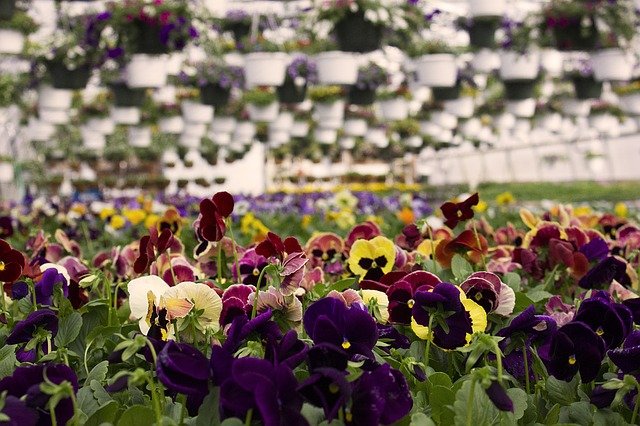
Typically, violets are small plants growing about 12 inches high with a similar spread. They have heart-shaped leaves and asymmetrical flowers. The shape of the petals is a defining factor for many species. Blue and purple flowers are the most common. Red, pink, white, yellow, and bi-colored flowers also occur.
Some Viola Varieties to Grow
V. cornuta 'Cuty' - white and shades of purple
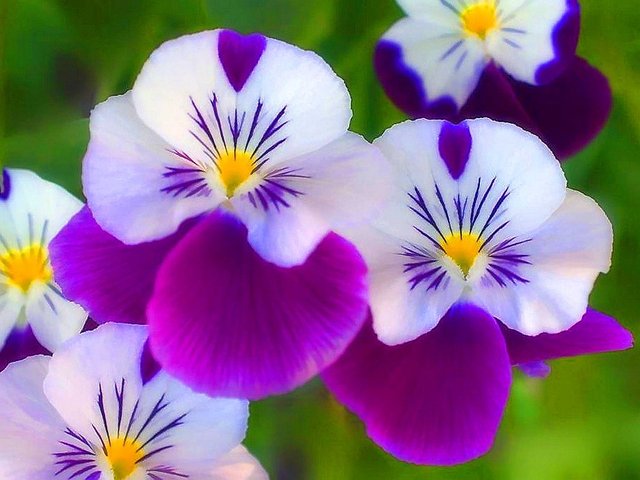
V. cornuta 'Black Magic' - black with yellow eyes
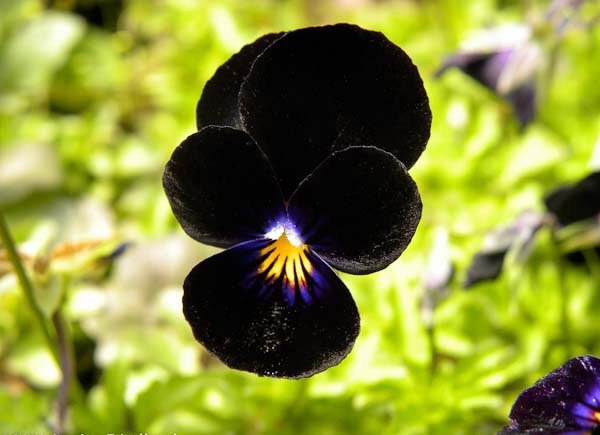
V. sororia 'Freckles' - pale blue with tiny purple markings
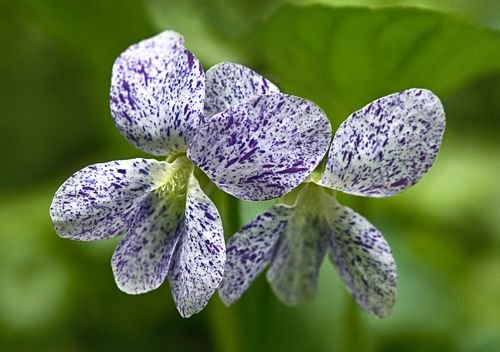
_
Primulas
(The gold-laced and silver-laced polyanthus)
Everyone knows polyanthus – those brightly coloured primroses that cheer us up in spring. Many of them are quite hardy – though a blanket of snow will slow up their flowering.
gold-laced polyanthus
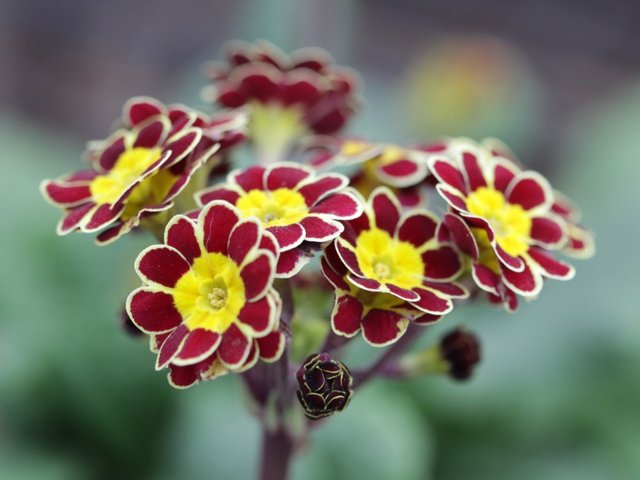
silver-laced polyanthus
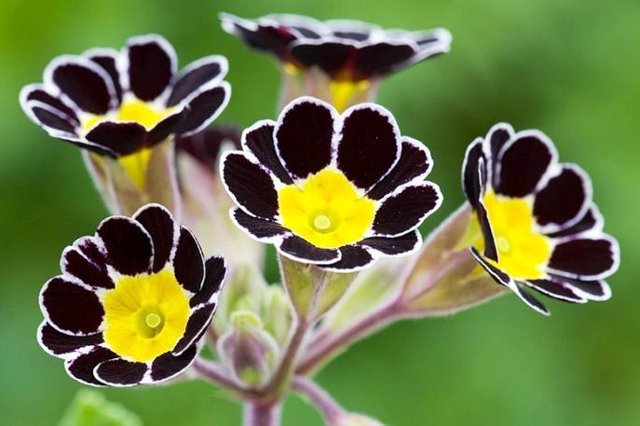
But the daintiest of all the spring-flowering primulas are the gold-laced and silver-laced polyanthus (below). These little beauties were hugely popular back with the Victorians and have stood the test of time.
They have a modest rosette of tongue-like green leaves, through which rise several four to six-inch stems topped by clusters of flowers of deepest mahogany surrounded by rims of golden yellow or silver.

V. cornuta 'Black Magic' - black with yellow eyes

V. sororia 'Freckles' - pale blue with tiny purple markings

_
Primulas
Everyone knows polyanthus – those brightly coloured primroses that cheer us up in spring. Many of them are quite hardy – though a blanket of snow will slow up their flowering.
gold-laced polyanthus

silver-laced polyanthus

But the daintiest of all the spring-flowering primulas are the gold-laced and silver-laced polyanthus (below). These little beauties were hugely popular back with the Victorians and have stood the test of time.
They have a modest rosette of tongue-like green leaves, through which rise several four to six-inch stems topped by clusters of flowers of deepest mahogany surrounded by rims of golden yellow or silver.

silver-laced polyanthus

But the daintiest of all the spring-flowering primulas are the gold-laced and silver-laced polyanthus (below). These little beauties were hugely popular back with the Victorians and have stood the test of time.
They have a modest rosette of tongue-like green leaves, through which rise several four to six-inch stems topped by clusters of flowers of deepest mahogany surrounded by rims of golden yellow or silver.
Fav. comment Award !! Really nice Pics and information.
Thank you @ctrl-alt-nwo!